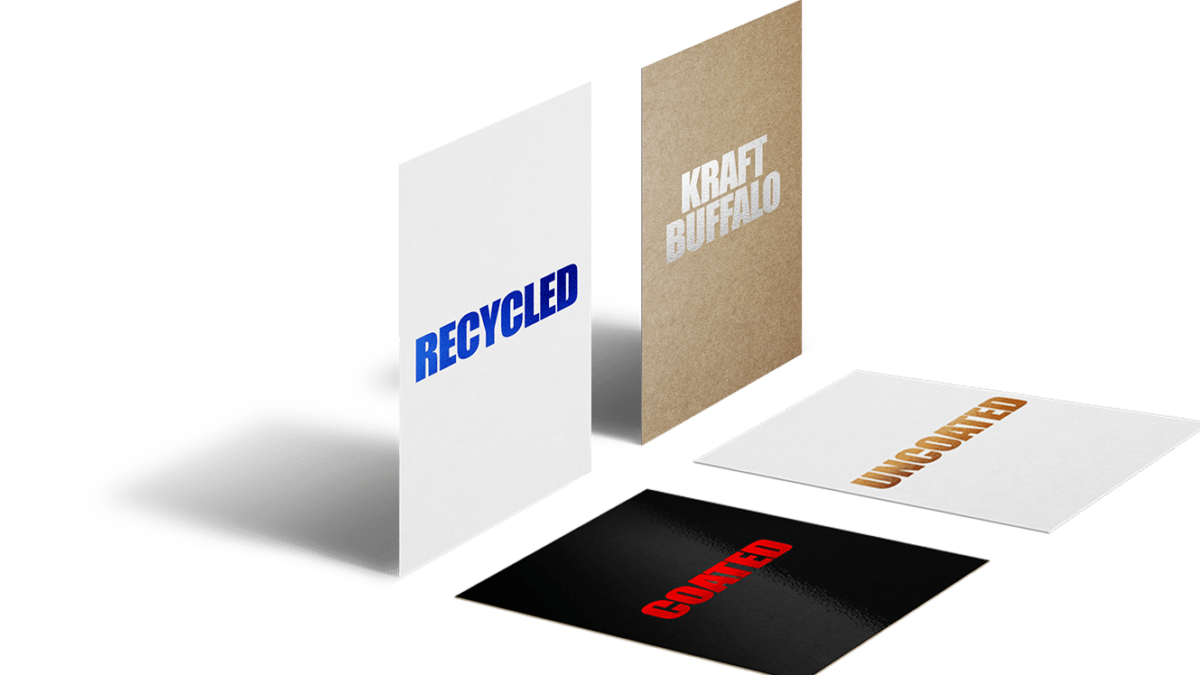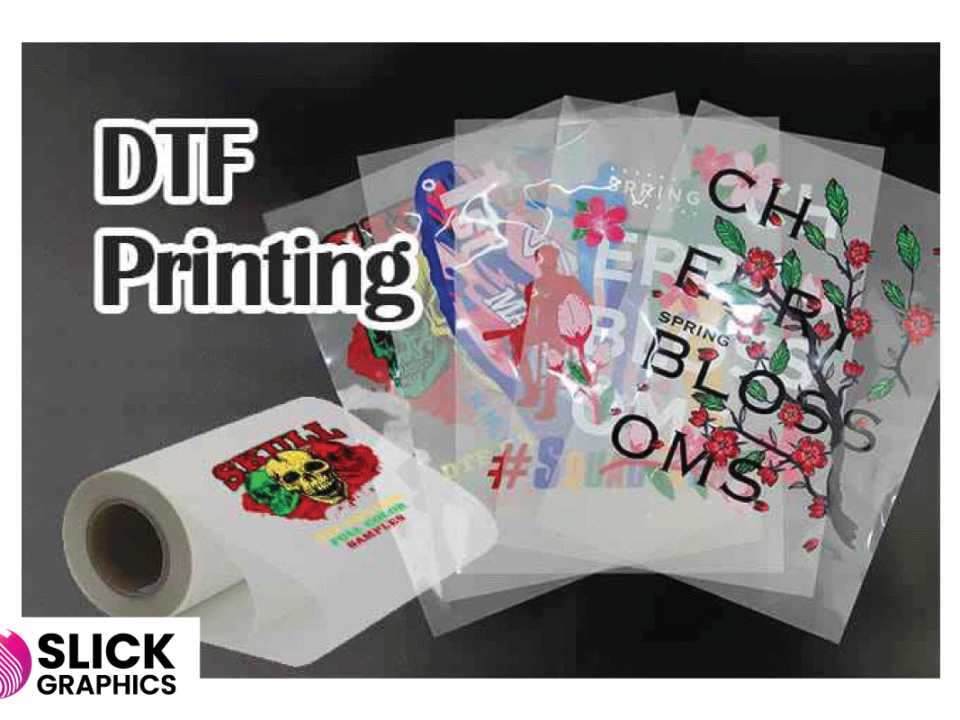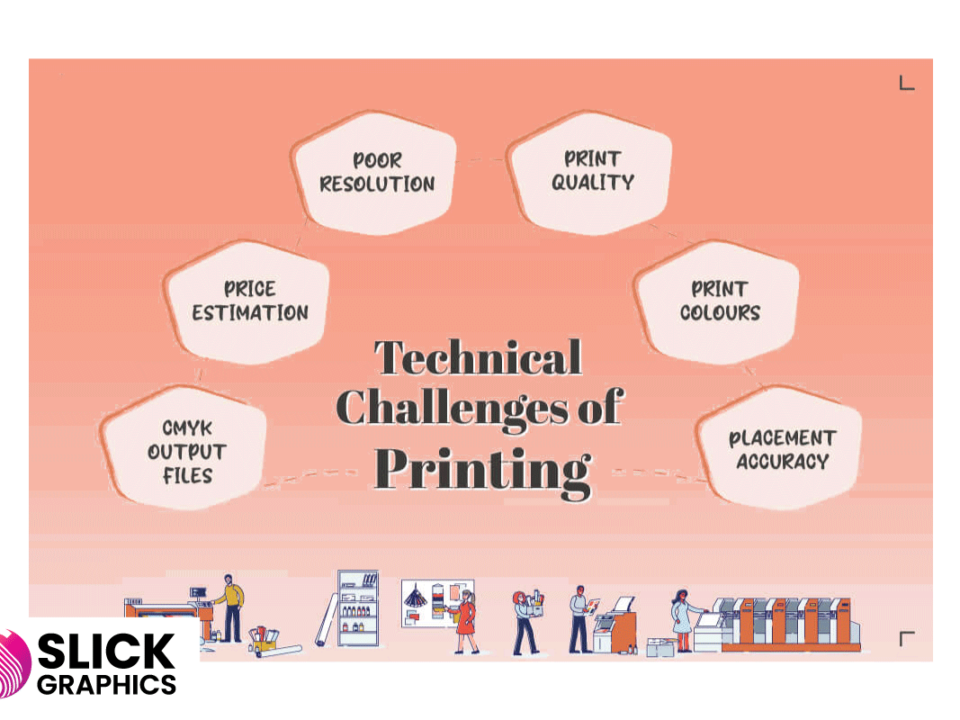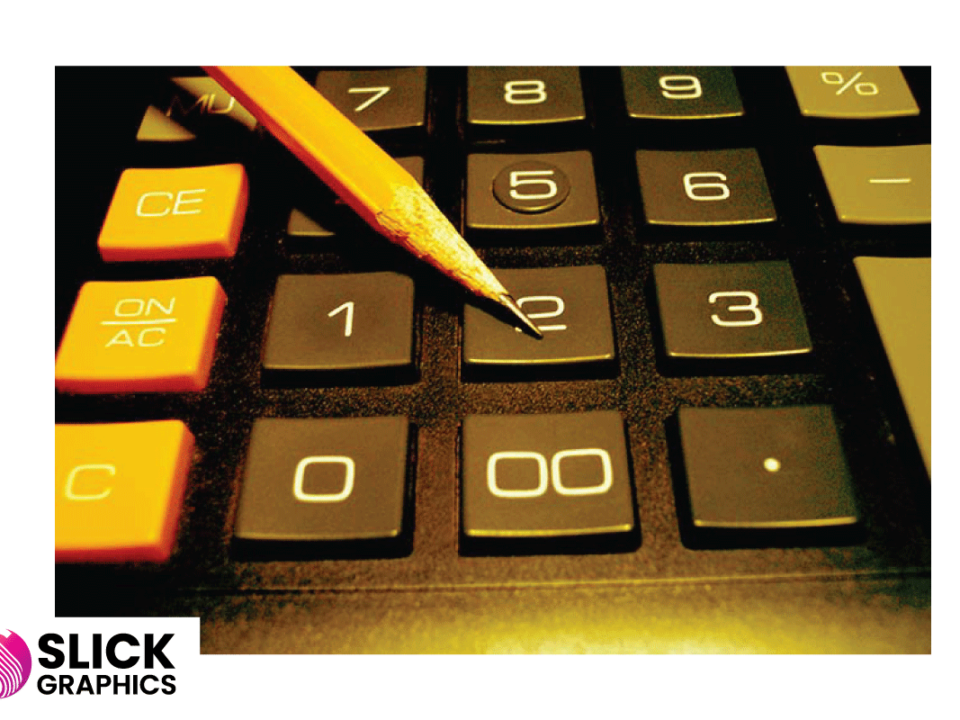What Is GSM (Grams per Square Meter) in Paper?
What Is GSM (Grams per Square Meter) in Paper?
When it comes to understanding paper, one term that frequently comes up is GSM, or grams per square meter. This measurement is crucial for anyone involved in printing, crafting, or choosing the right paper for their projects. Let’s break down what GSM means and why it matters.
What Does GSM Measure?
GSM is a unit of measurement that indicates the weight of paper in grams for a single square meter. For example, if a sheet of paper has a GSM of 100, it means that one square meter of that paper weighs 100 grams. This metric helps determine the thickness, durability, and overall quality of the paper.
Why Is GSM Important?
- Quality Assessment: Higher GSM typically indicates thicker, more durable paper. For instance, standard copy paper usually has a GSM of 70 to 90, while cardstock can range from 200 to 300 GSM. Knowing the GSM helps you choose the right paper for your needs, ensuring it meets the required quality standards.
- Suitability for Printing: Different types of printing require different paper weights. For example, lighter paper (around 70-90 GSM) is suitable for everyday printing, while heavier papers (above 200 GSM) are preferred for high-quality brochures, business cards, and art prints. The right GSM can enhance the final look of printed materials.
- Application Versatility: The GSM of paper can influence its usability across various applications. Lighter papers are ideal for newsletters and flyers, while heavier papers are better for presentations, invitations, and packaging. Understanding GSM helps you select paper that suits your specific project.
How to Choose the Right GSM
- Consider Your Project: Think about what you are creating. If it’s something that requires durability, like a business card or a photo print, opt for a higher GSM. For general printing needs, lighter GSM may suffice.
- Know Your Printer: Different printers handle paper weights differently. Ensure that your printer can accommodate the GSM of the paper you choose. Some printers may struggle with very heavy paper.
- Budget Considerations: Heavier paper generally costs more. Assess your budget and choose a GSM that meets your quality needs without overspending.
Common GSM Ranges
- Lightweight Paper (60-90 GSM): Suitable for everyday printing, like letters and drafts.
- Standard Paper (90-120 GSM): Ideal for brochures, flyers, and resumes.
- Heavyweight Paper (120-200 GSM): Great for postcards, invitations, and professional presentations.
- Cardstock (200+ GSM): Perfect for business cards, covers, and specialty printing.
Conclusion
Understanding GSM is essential for anyone involved in paper selection and printing. It provides a clear indicator of paper weight, thickness, and durability, helping you make informed decisions for your projects. Whether you’re a professional designer, a business owner, or a DIY enthusiast, considering GSM will ensure you choose the right paper for every occasion. So, next time you’re at the paper store, keep GSM in mind, and watch your projects come to life with the perfect paper!



